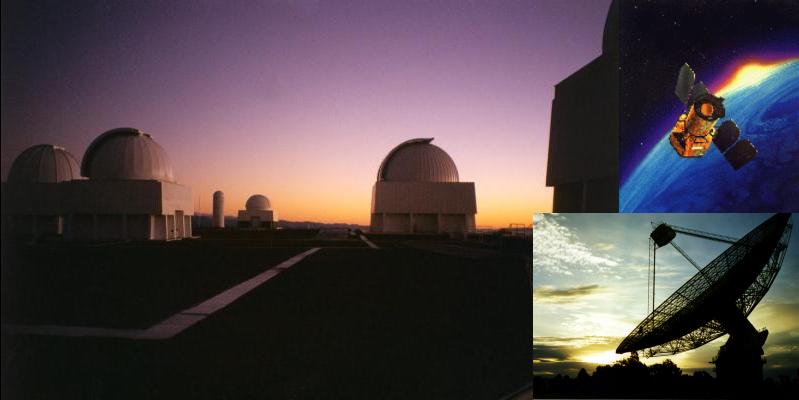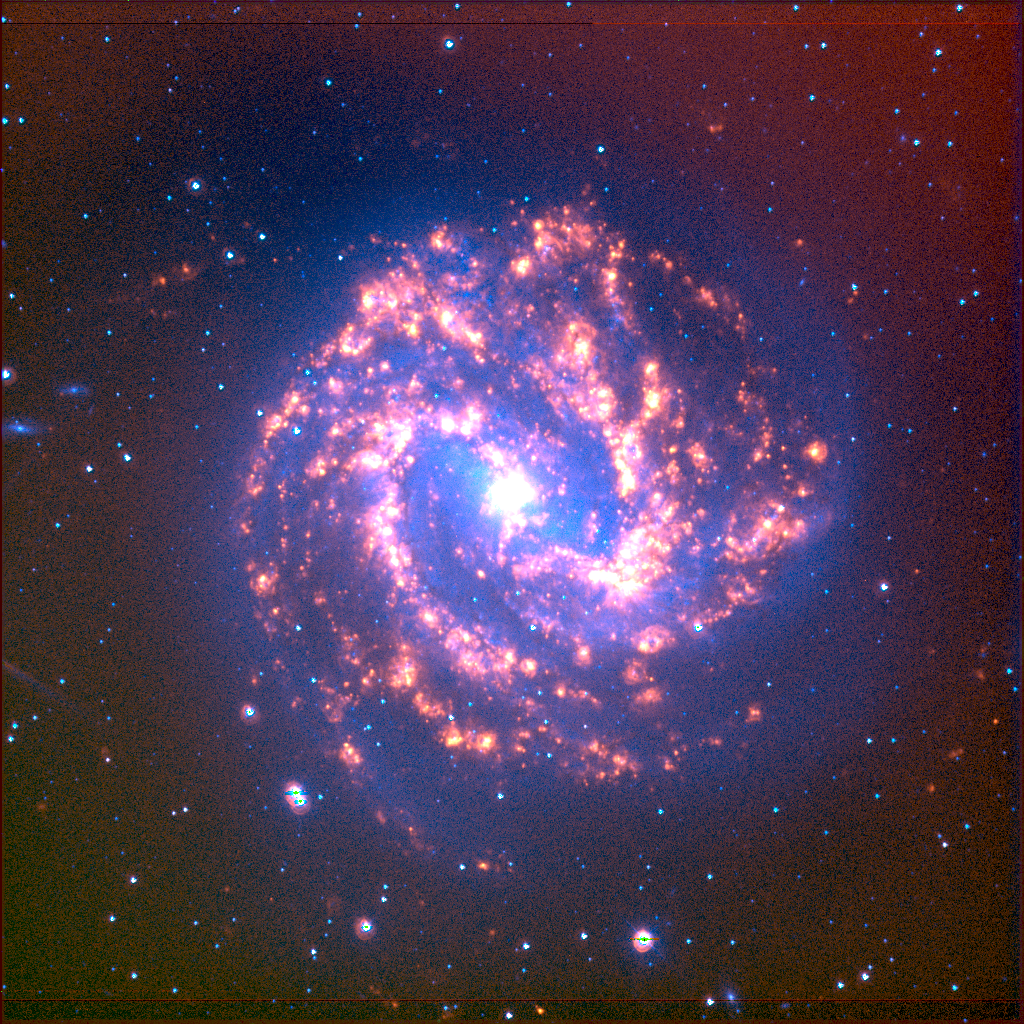Extragalactic star formation surveys are almost always based on samples selected by stellar luminosity. Hence, they are biased towards the galaxies that are the brightest in the optical, ultraviolet, or far-infrared, and biased against low luminosity and low surface brighhtness galaxies, and these may hide a cosmologically significant amount of star formation. We therefore have commenced a survey based on a sample that is free of this stellar bias: the HI-selected galaxies from the HIPASS survey. Since an interstellar medium is a prerequisite for star formation, our survey will uniformly sample all galaxies that could form stars, and hence provide an unbiased view of the local star formation demographics. SINGG is an official NOAO Survey Program to image 500 HIPASS galaxies in Hα and the stellar continuum using the CTIO 1.5m telescope. This sample will yield a highly reliable measurement of the local star formation rate density, and will provide a benchmark to estimate biases in other Hα samples. The HI content of galaxies, combined with the star formation rate, will then be used to predict the evolution of the HI mass function and the epoch when the cosmic gas tank runs dry. This sample will simultaneously provide HII region luminosity functions and images of the star formation morphology over a wide range of galaxies. In particular, it will include dwarf irregulars which are often missed in other studies. These data will be used to study global star formation as a function of galaxy properties for a huge variety of galaxies. During the next decade, SINGG will thus become the reference Hα dataset for galaxies in the local universe.
The first public release of SINGG data is now available


